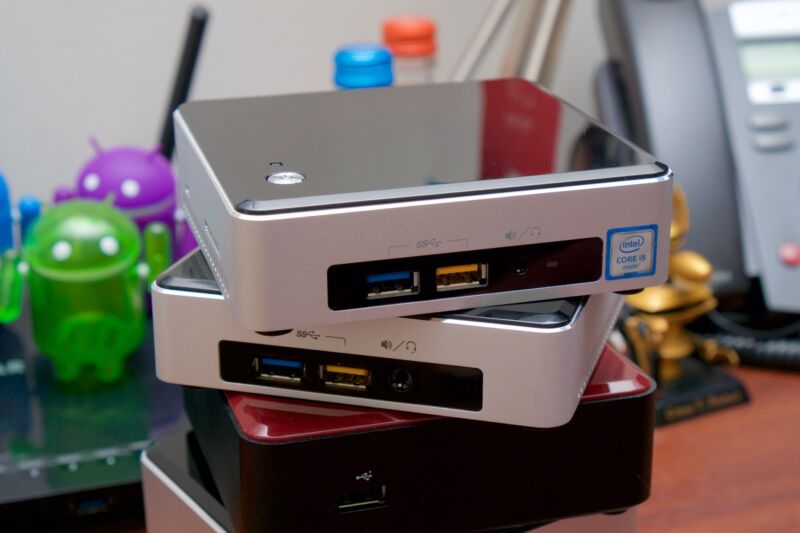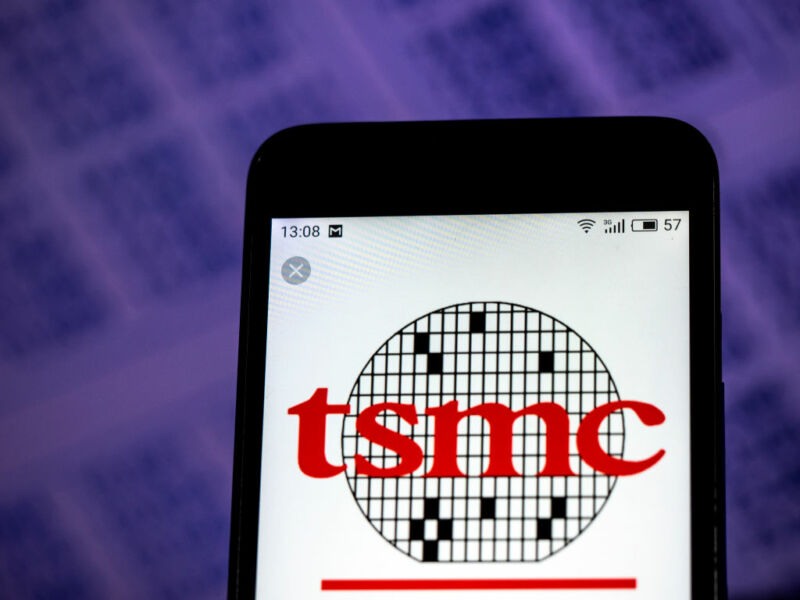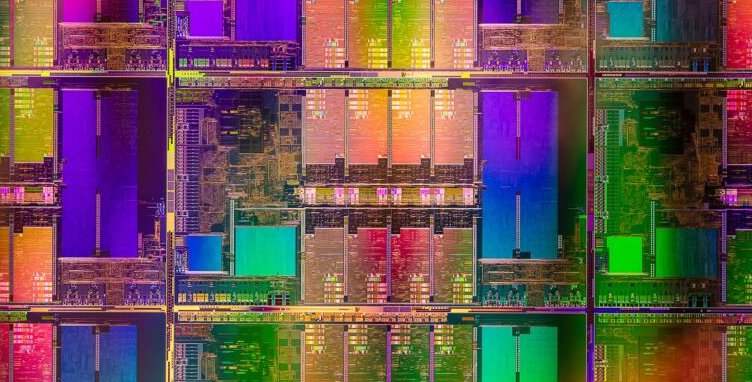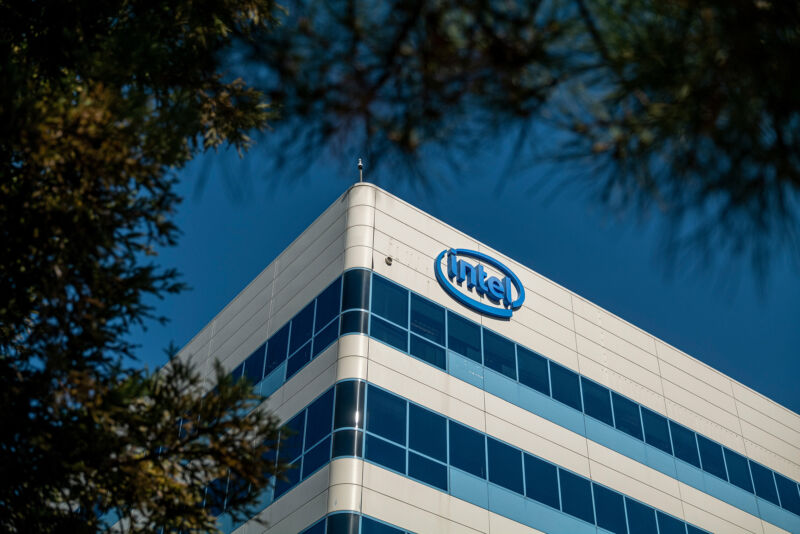-
 chevron_right
chevron_right
Intel is apparently winding down its NUC mini PCs after more than a decade
news.movim.eu / ArsTechnica · Tuesday, 11 July, 2023 - 20:51

Enlarge / A stack of Intel's NUC mini PCs. (credit: Andrew Cunningham)
Since 2012, Intel has designed and sold its own lineup of mini PCs . The Next Unit of Computing series (NUC— rhymes with yuck—was always a weird name) was always most closely associated with a series of Mac mini-like desktops, but over the years, it grew to encompass compact workstations and gaming systems as well as mini servers with multiple Ethernet ports.
But Intel is apparently throwing in the towel on the NUC , according to a statement given to The Verge earlier today.
Intel spokesperson Mark Walton said that Intel had "decided to stop direct investment in the Next Unit of Compute (NUC) Business and pivot our strategy to enable our ecosystem partners to continue NUC innovation and growth." This statement leaves some wiggle room—Intel could still work with partners to bring NUCs or NUC-like products to market—but it seems like the days of Intel designing its own desktop computers are over.










